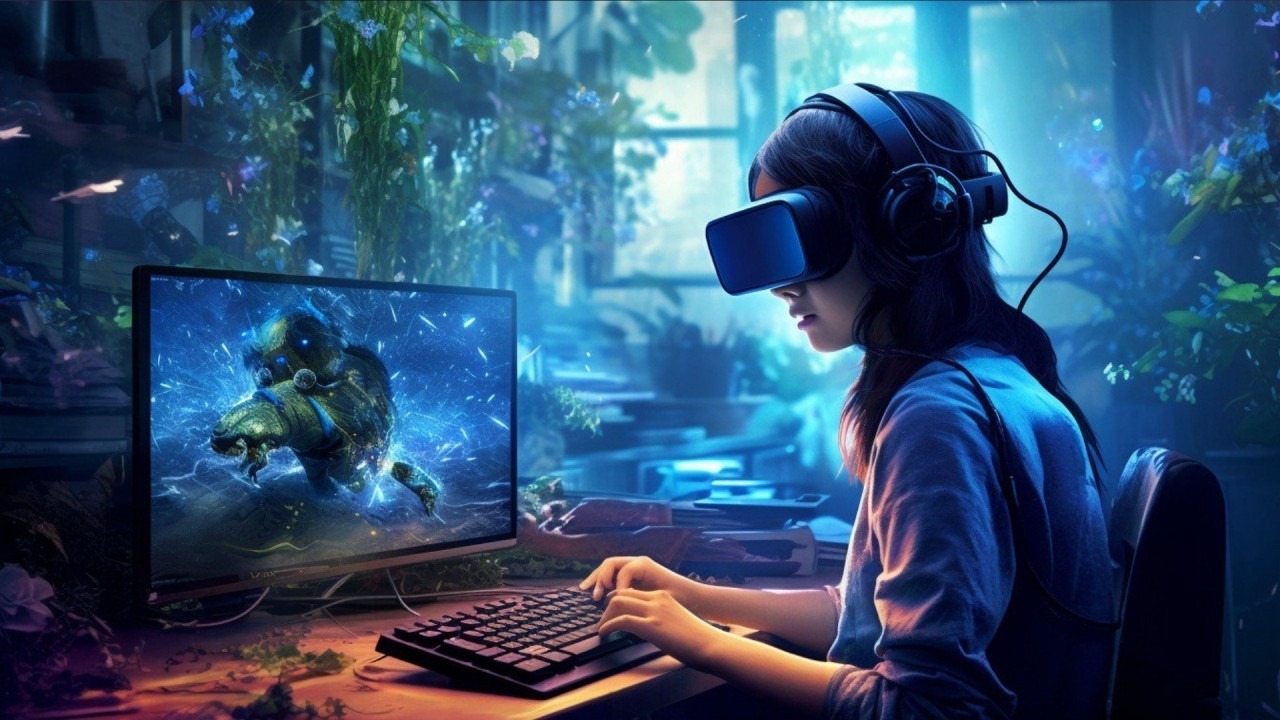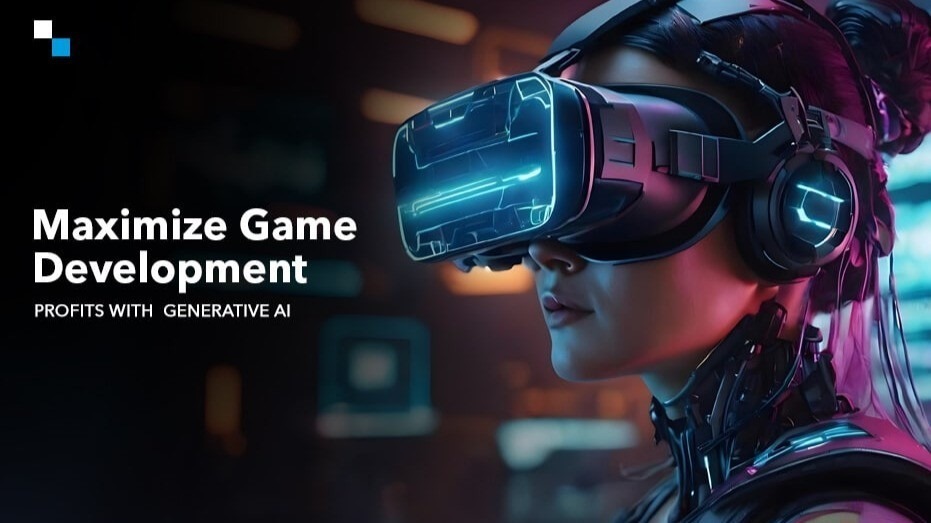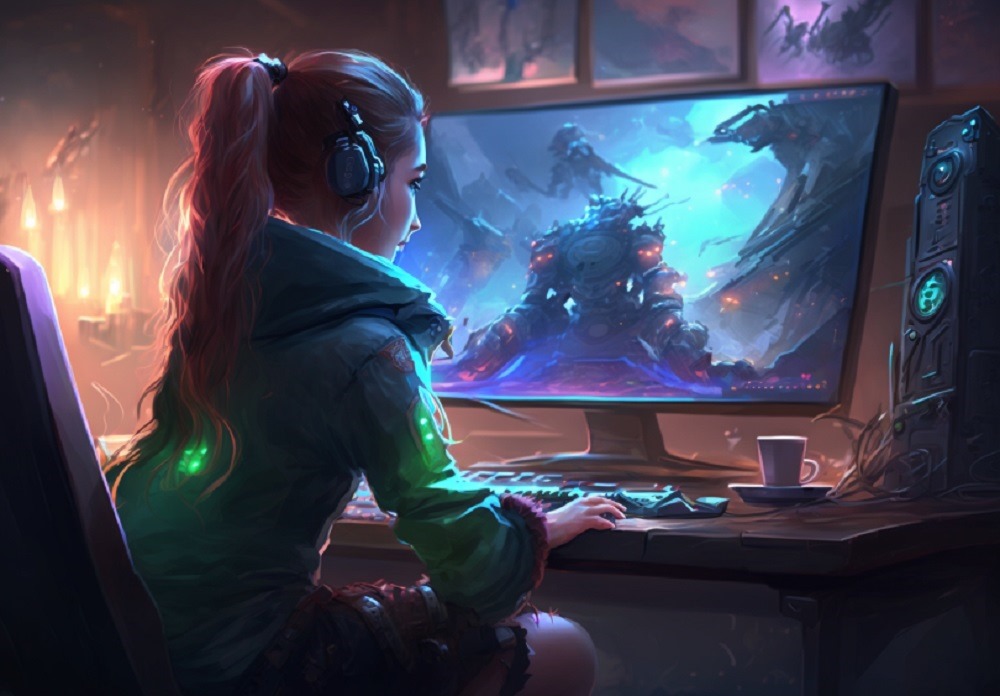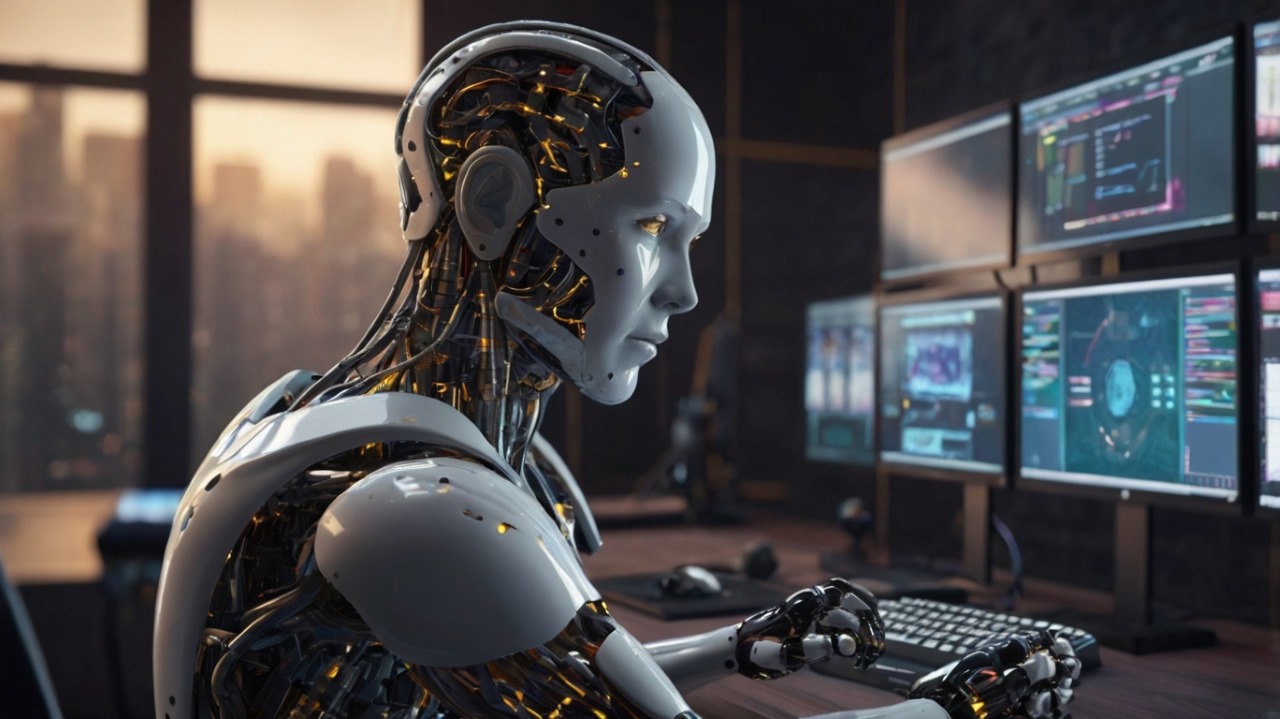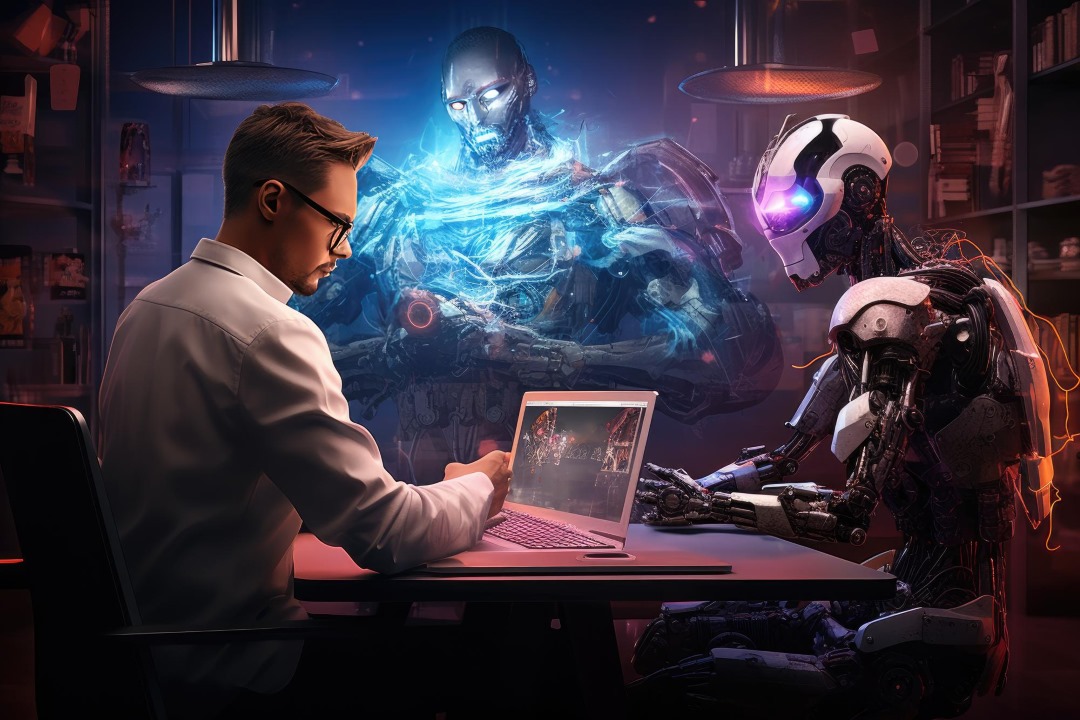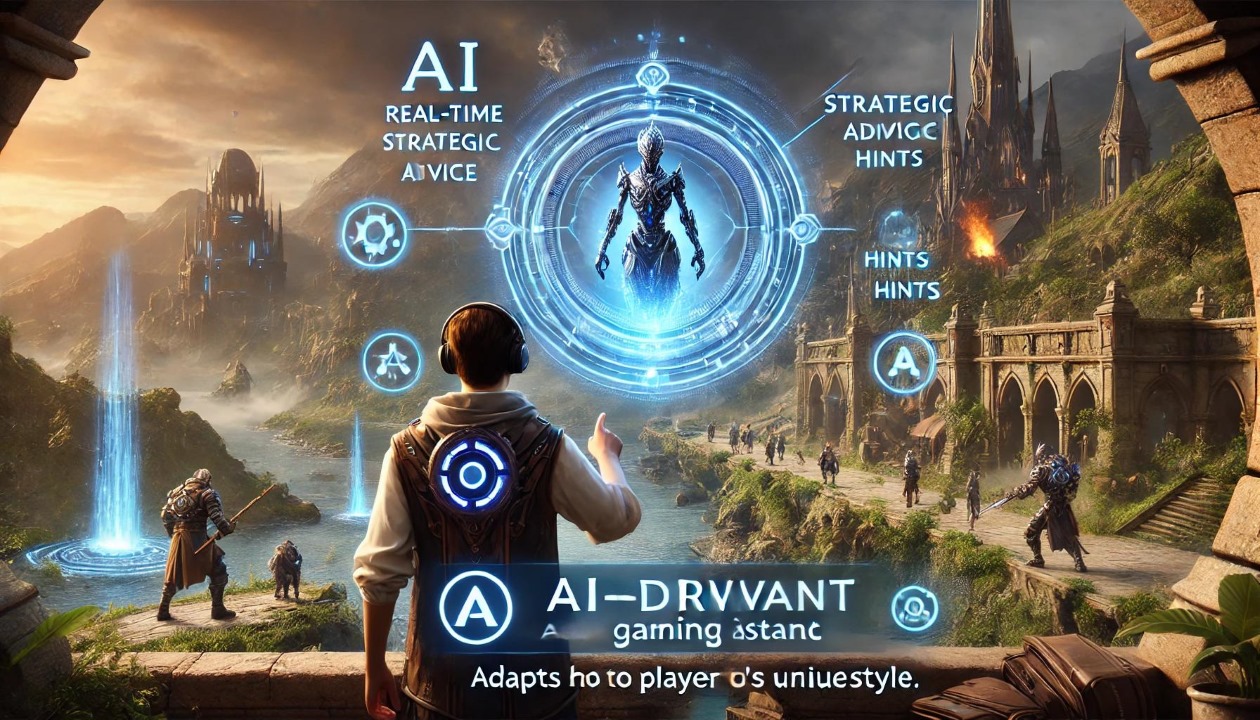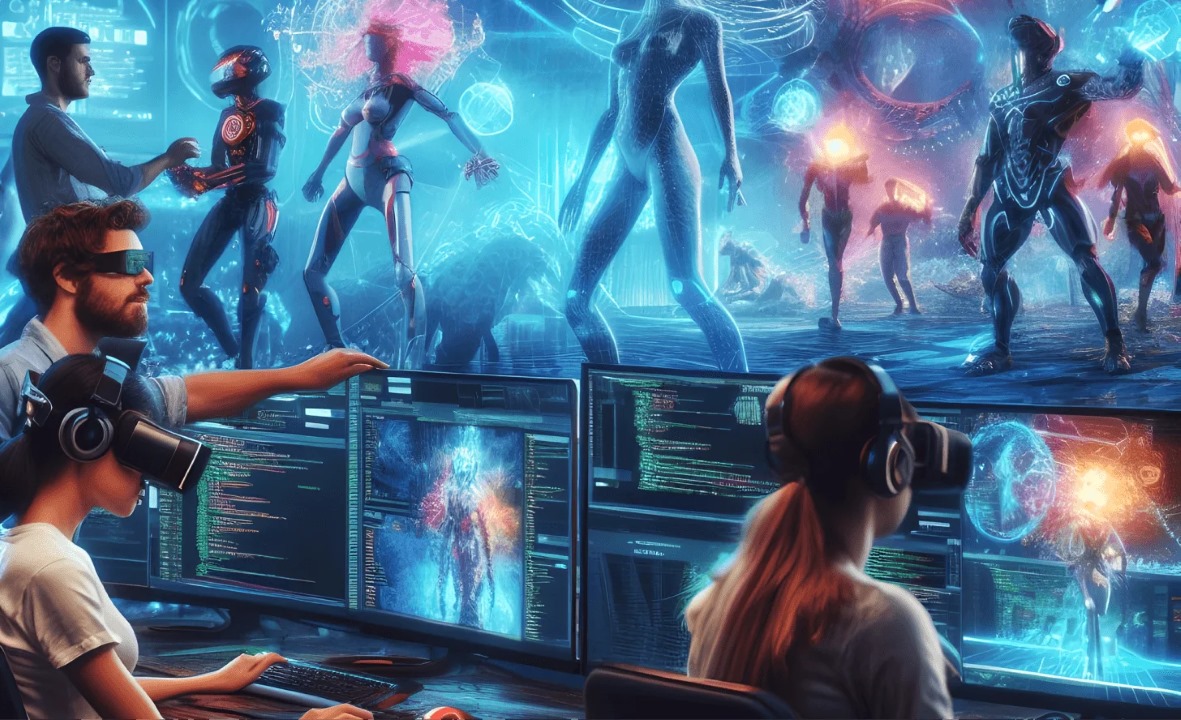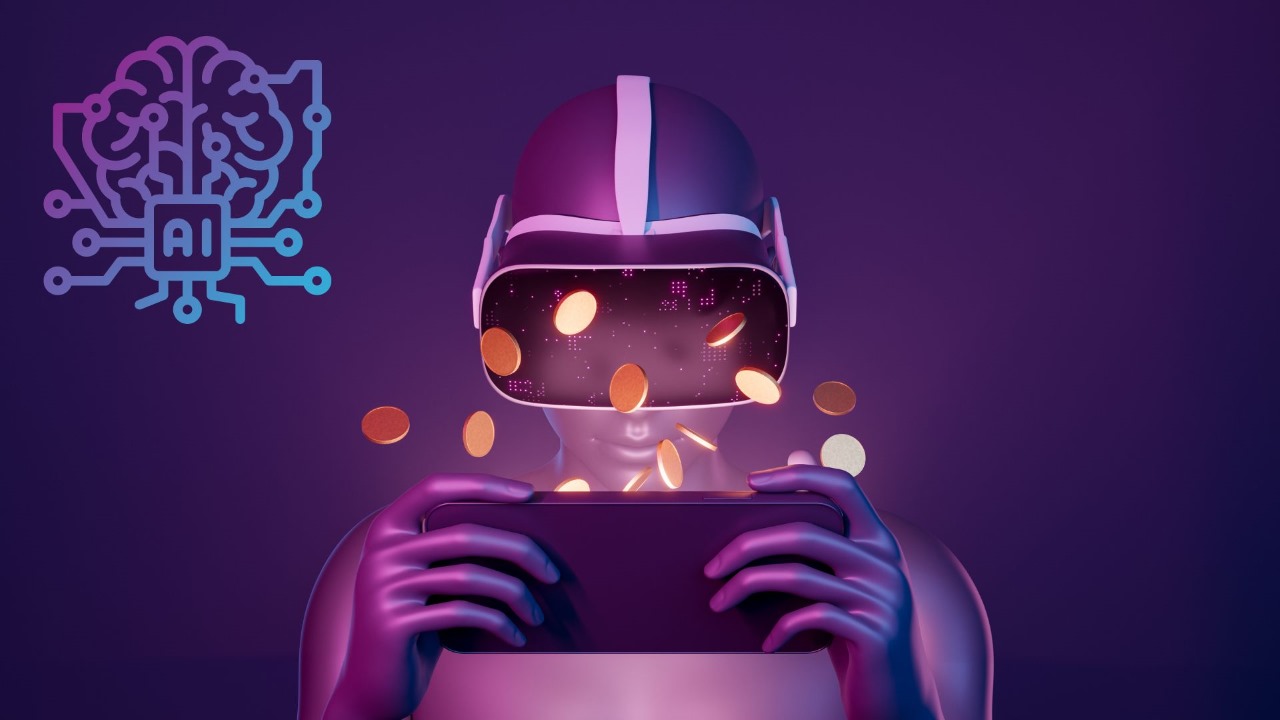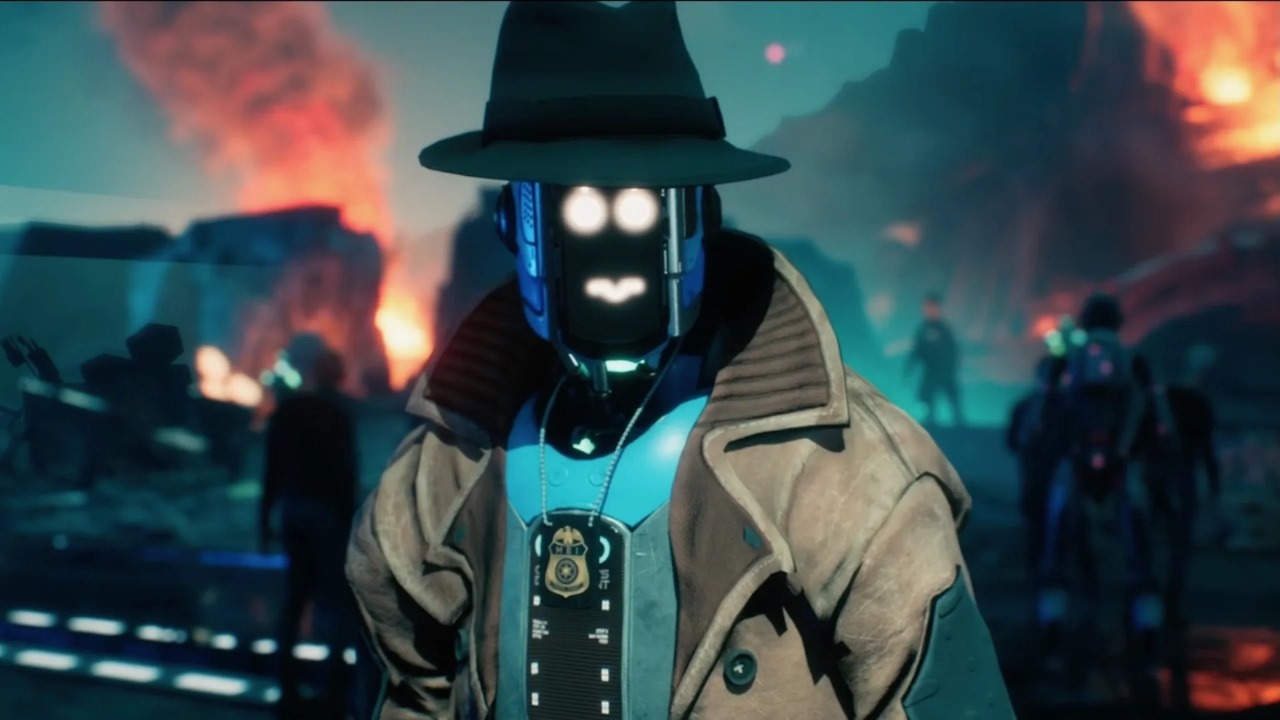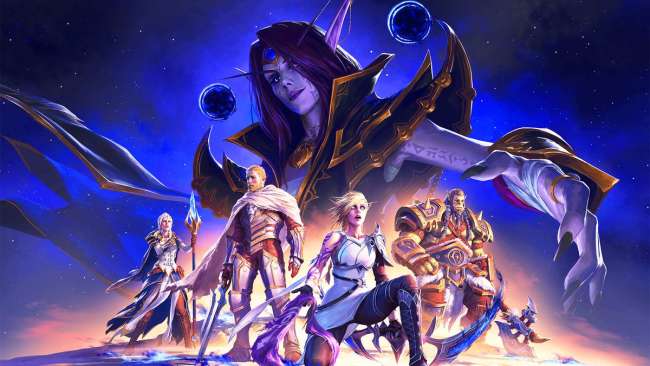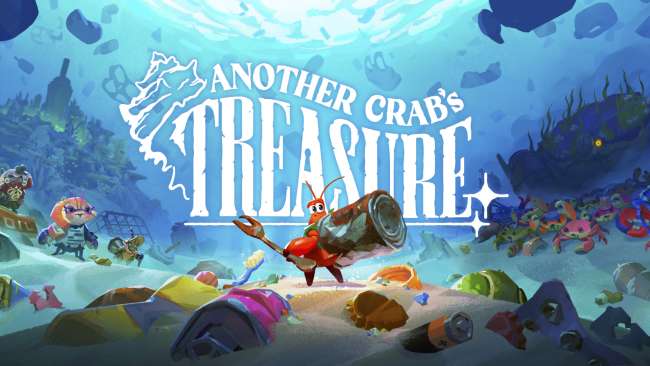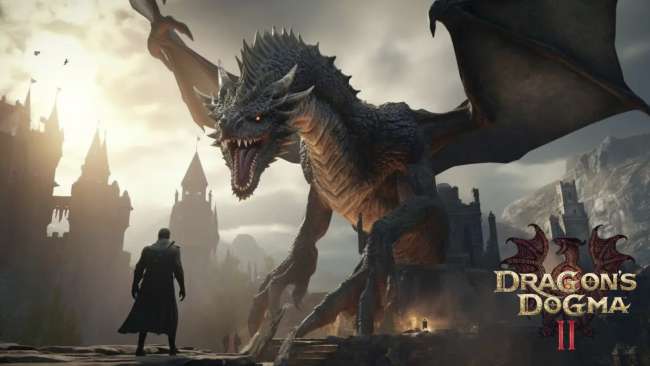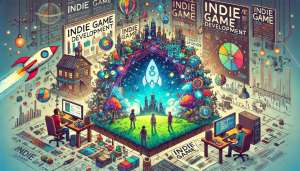Artificial intelligence has transformed nearly every aspect of modern gaming, from how developers create worlds to how players interact with digital environments. What started as basic pre-programmed enemy movements in early video games has evolved into complex, adaptive AI systems that enhance game design, storytelling, and player engagement.
AI’s influence is seen in procedural world generation, game testing, realistic animations, adaptive difficulty, and even intelligent NPCs that learn from player behavior. Developers use AI to streamline their workflow, while players experience more dynamic and unpredictable gameplay.
As AI technology continues to advance, it raises new possibilities and challenges. Will AI replace human designers? Can machine learning-generated narratives truly feel organic? And how will AI shape the future of multiplayer gaming and esports? This article explores AI’s impact on game development and player experience, highlighting the innovations, benefits, and ethical concerns that come with integrating artificial intelligence into gaming.
AI in Game Development: Revolutionizing the Creative Process
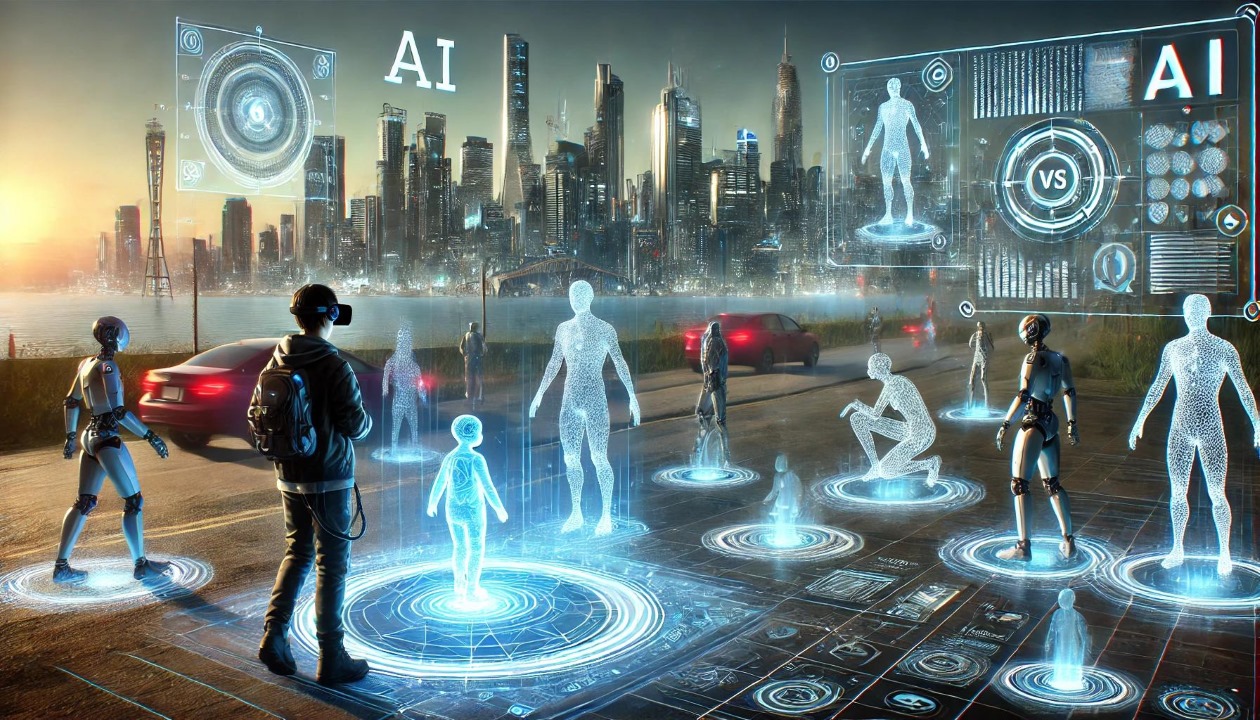
AI in Procedural Content Generation
One of the most remarkable ways AI is reshaping game development is through procedural content generation. Instead of manually designing every level, object, or quest, developers can use AI to generate unique content dynamically, creating expansive, ever-changing game worlds.
A prime example of this is No Man’s Sky, where AI-powered algorithms generate an entire universe of planets, creatures, and ecosystems, ensuring that no two players experience the game the same way. Similarly, games like Minecraft and Spelunky use procedural generation to create endless variations of levels, keeping gameplay fresh and unpredictable.
AI-driven world-building reduces development time and allows for vast, immersive environments that would be impossible to craft manually. It also enhances replayability by ensuring that players encounter different challenges and experiences each time they play. However, procedural generation isn't without its challenges—AI-generated content can sometimes feel repetitive or lack the handcrafted detail of human-designed levels.
Despite these limitations, procedural AI continues to evolve, blending handcrafted design with algorithmic efficiency. Developers are increasingly using AI-assisted tools to refine procedural content, ensuring that worlds feel dynamic while maintaining creative intent. As AI improves, we can expect more sophisticated procedural generation, enabling richer and more engaging game worlds.
AI in Game Testing and Bug Detection
Game testing is a crucial but time-consuming aspect of development. Traditionally, developers rely on human testers to play through a game, identify bugs, and report inconsistencies. However, AI is changing the landscape by automating game testing and accelerating bug detection.
AI-driven testing tools use machine learning algorithms to play through games and identify potential issues faster than human testers. These AI bots can run thousands of playthroughs, detect game-breaking glitches, and analyze complex interactions between mechanics that might not be immediately noticeable.
For example, AI can detect movement exploits, physics inconsistencies, or unintended player behaviors that break immersion. Additionally, AI-driven testing tools help developers optimize balance by analyzing difficulty spikes and pacing issues.
One major advantage of AI testing is its ability to simulate countless scenarios across different hardware configurations. With modern games launching across multiple platforms, AI ensures smoother optimization and a more polished experience for players.
While AI won’t completely replace human testers—who provide valuable feedback on game feel and player experience—it significantly reduces development time and helps create more stable games. As AI testing continues to improve, it will play an even larger role in ensuring that games launch with fewer technical issues.
AI-Driven Animation and Motion Capture Enhancements
Creating realistic character animations has traditionally required extensive motion capture sessions and detailed manual animation work. AI is now streamlining this process by enhancing motion capture accuracy and generating lifelike animations without the need for expensive recording sessions.
Machine learning algorithms can analyze existing motion capture data and generate smoother, more realistic animations. AI can also predict and fill in missing frames, reducing the workload for animators while maintaining high levels of realism.
In games like Red Dead Redemption 2 and The Last of Us Part II, AI-driven animation systems ensure that characters move naturally, react realistically to the environment, and display subtle facial expressions that enhance emotional storytelling. AI can dynamically adjust animations based on player actions, making characters appear more responsive and lifelike.
Another breakthrough in AI-assisted animation is procedural animation, where AI modifies movement based on real-time interactions. This eliminates the need for pre-scripted animations, allowing characters to dynamically adjust their walking, running, or combat stances depending on terrain, obstacles, and combat scenarios.
By leveraging AI for animation, developers can create more immersive experiences with minimal manual input. As AI-powered animation technology advances, we can expect even more realistic character movements, reducing the reliance on traditional motion capture while improving visual fidelity.
AI-Assisted Game Design and Narrative Creation
AI is also being used to assist in designing game mechanics and generating narratives. Some developers are experimenting with AI-driven storytelling systems that create branching narratives based on player choices, ensuring unique experiences tailored to individual playstyles.
A great example of AI-driven storytelling is the Nemesis System in Middle-earth: Shadow of Mordor. This AI-powered feature dynamically generates rivalries between the player and NPC enemies, creating a personalized story where each encounter feels unique.
Another area where AI is making strides is in procedural dialogue generation. AI-driven dialogue systems allow NPCs to respond more naturally to player actions, leading to more immersive interactions. Some games are even experimenting with AI-generated conversations that adapt to player choices, creating a more fluid and organic storytelling experience.
While AI-generated narratives are still in their early stages, the potential for dynamically evolving stories is immense. The challenge lies in ensuring that AI-generated dialogue and narratives remain compelling, emotionally engaging, and free from unnatural repetition.
In the future, AI could assist writers by generating side quests, lore, and minor characters, allowing human designers to focus on crafting the core narrative while AI fills in the world’s details. However, AI is unlikely to replace human creativity entirely—storytelling remains an art form that benefits from human emotion and imagination.
AI’s Influence on Player Experience: Smarter, More Engaging Gameplay
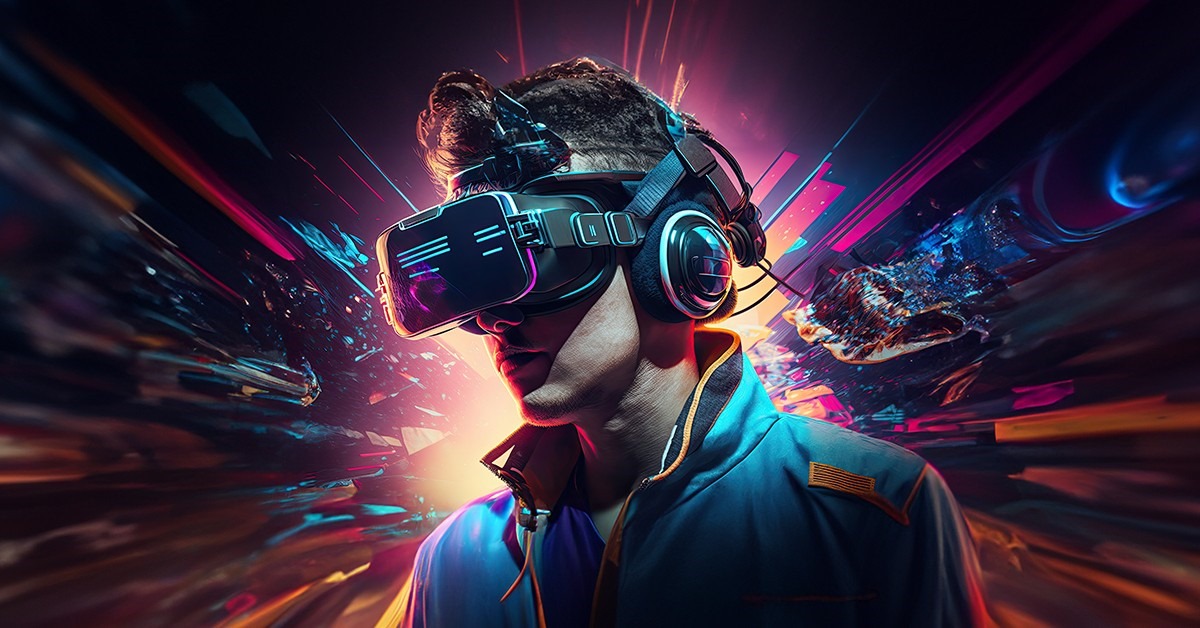
AI-Driven NPC Behavior and Enemy AI
One of the most noticeable improvements in gaming AI is how non-player characters (NPCs) and enemies behave. In the past, NPCs followed predictable, pre-scripted paths, making their actions easy to anticipate. Today, AI-driven NPCs can adapt to player behavior, react dynamically, and even learn from encounters.
Games like F.E.A.R. introduced AI enemies that work together, flank players, and adapt to combat situations. Alien: Isolation used AI to make the xenomorph feel unpredictable, creating a more terrifying experience by ensuring that the alien didn’t rely on pre-scripted actions.
Advanced enemy AI enhances immersion by making battles feel more dynamic. In stealth games, AI guards now react to noises, investigate suspicious activity, and communicate with each other to track the player’s movements. This creates a greater challenge and forces players to think strategically rather than relying on predictable AI patterns.
Beyond enemy AI, AI-driven NPCs also improve open-world immersion. Townspeople, merchants, and quest-givers can have schedules, react to player choices, and engage in realistic conversations, making the game world feel alive. AI can even generate procedural NPC personalities, ensuring that no two characters feel exactly the same.
With advancements in machine learning, future AI opponents may evolve based on player actions, providing an ever-changing challenge that requires players to constantly adapt their strategies. As AI continues to improve, we can expect smarter, more realistic NPCs that make virtual worlds feel more lifelike and engaging.
AI-Powered Personalization and Adaptive Difficulty
One of the most exciting applications of AI in gaming is its ability to analyze player behavior and adjust difficulty dynamically. Instead of relying on traditional difficulty settings, AI can monitor how a player interacts with the game and modify enemy behavior, resource availability, or challenge levels in real time.
Games like Resident Evil 4 introduced adaptive difficulty, where enemies become more aggressive if the player is doing well but tone down their attacks if the player struggles. Similarly, the Director AI in Left 4 Dead monitors player performance and dynamically adjusts zombie spawns, item placements, and pacing to maintain an engaging level of tension.
RPGs and open-world games are also leveraging AI-driven player profiling, tailoring quests, encounters, and even in-game dialogue based on individual playstyles. If a player prefers stealth, AI may generate missions with more infiltration opportunities, while an aggressive player may receive more combat-focused challenges.
Beyond difficulty adjustments, AI is also shaping personalized recommendations within games. AI-powered systems analyze player preferences and suggest in-game content, such as side quests, weapons, or strategies that align with the player's approach. This level of customization enhances immersion, making games feel uniquely tailored to each player.
The potential for AI-driven personalization is enormous. Future games could use machine learning to create entirely player-specific experiences, adjusting narratives, enemy intelligence, and even game mechanics in real time to match individual skill levels and preferences.
AI in Virtual Assistants and Game Mastering
AI-driven virtual assistants and game masters are reshaping how players interact with games. These AI companions can serve as in-game guides, offering real-time hints, mission objectives, and contextual support without breaking immersion.
Ubisoft experimented with AI-driven gaming assistants like Sam, which could track player stats, suggest strategies, and even analyze play habits to provide tailored advice. AI-powered companions are also appearing in games as interactive sidekicks who provide guidance without feeling like static, scripted characters.
In narrative-driven games, AI-powered game mastering systems can dynamically alter the story, changing quest outcomes, world events, and character interactions based on player decisions. This is particularly useful in tabletop RPG-inspired games, where AI can act as a Dungeon Master, ensuring a fluid, unpredictable experience.
These AI systems make games more immersive and player-friendly, reducing the need for external walkthroughs or guides. As AI assistants become more advanced, they may even allow real-time voice interactions, enabling players to communicate with NPCs in natural language rather than selecting pre-defined dialogue options.
The future of AI-powered game mastering could lead to fully procedural campaigns where no two players experience the same journey, ensuring endless replayability and deeply personalized storytelling.
AI in Multiplayer and Esports: Smarter Bots and Fairer Matchmaking
AI is playing an increasingly critical role in online multiplayer games and esports, particularly in areas like matchmaking, bot behavior, and anti-cheat measures.
Traditional matchmaking systems rely on ranking algorithms, but AI-driven matchmaking is becoming more adaptive and precise, ensuring fairer matches by analyzing player tendencies, reaction times, and skill progression rather than just win/loss ratios. This allows for more balanced and competitive online experiences, reducing instances of one-sided games.
AI-powered bots are also becoming more human-like, making them valuable for training and filling empty multiplayer lobbies. OpenAI’s Dota 2 bot and DeepMind’s AlphaStar for StarCraft II demonstrated that AI can outplay even professional esports players, but game developers are also using AI to create bots that mimic human behavior, making practice matches more realistic.
In addition to improving player experience, AI is revolutionizing anti-cheat systems. Machine learning algorithms can detect suspicious patterns, identifying cheaters more accurately than traditional detection methods. By analyzing input data, AI can recognize unnatural aim movements, instant reactions, or exploitative gameplay, making online spaces more fair and competitive.
As AI continues to develop, it will play an even larger role in shaping multiplayer gaming, ensuring fair competition, reducing toxicity, and enhancing training tools for players of all skill levels.
Challenges and Ethical Considerations of AI in Gaming
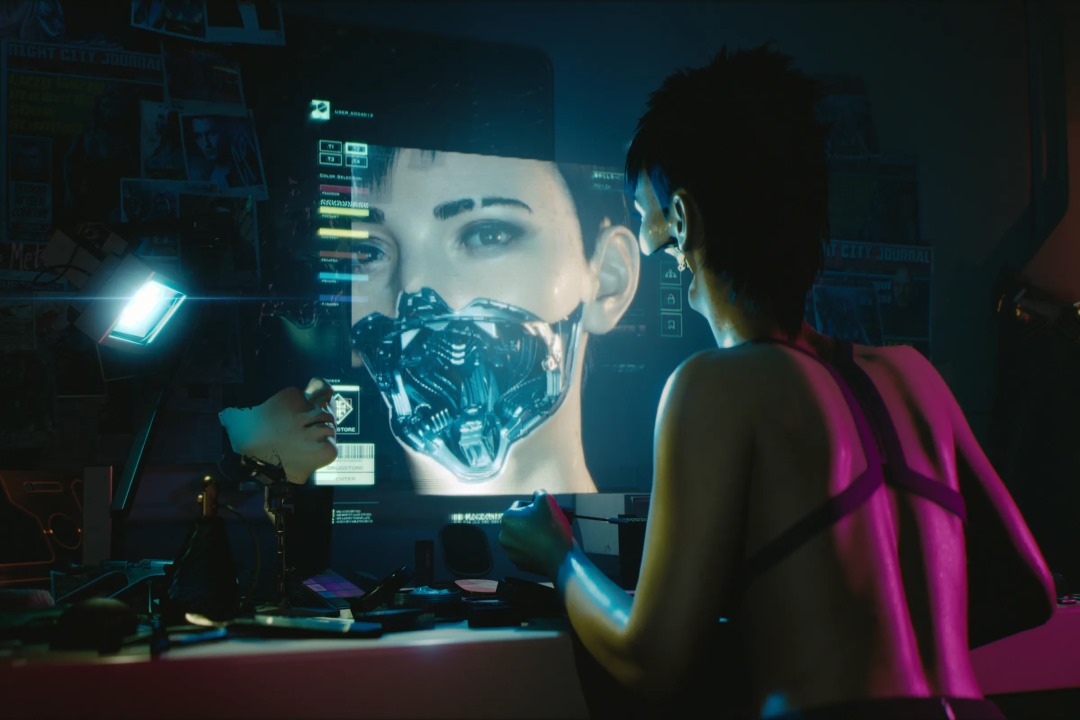
AI and the Fear of Automation in Game Development
As AI becomes more capable, one of the biggest concerns is whether it will replace human developers, artists, and designers. AI can already generate game levels, assist in coding, and automate animation, leading to fears that it may reduce the need for human game creators.
While AI can speed up development and improve efficiency, it lacks the human creativity and emotional depth needed for game design. AI may generate procedural quests and landscapes, but human developers ensure that these elements are meaningful, engaging, and narratively rich.
Instead of replacing developers, AI is more likely to serve as a powerful tool, helping designers focus on creative elements while automating repetitive tasks. However, developers must ensure that AI remains a collaborative assistant rather than a substitute for human ingenuity.
AI Bias, Unpredictability, and Ethical Concerns
Another major challenge of AI in gaming is bias and unpredictability. AI systems trained on biased datasets may produce unfair, repetitive, or even problematic content. For example, procedural NPC dialogue may unintentionally reflect stereotypical or culturally insensitive patterns if AI isn’t carefully supervised.
Similarly, AI-generated enemy behaviors or adaptive difficulty algorithms may create unintended difficulty spikes or unfair scenarios, frustrating players. Transparency in AI decision-making is crucial—players should have some level of control over AI-driven systems rather than being subjected to opaque, unpredictable game mechanics.
Game developers must also consider the ethical implications of AI-driven microtransactions. AI can predict player spending habits and manipulate in-game economies to encourage purchases. If misused, AI could create psychologically exploitative monetization models, nudging players into pay-to-win mechanics or encouraging excessive spending.
To prevent AI from harming the player experience, developers must implement ethical AI design principles, ensuring fair, transparent, and responsible AI integration in gaming.
The Future of AI in Gaming: What’s Next?
AI is poised to continue transforming gaming, making experiences more immersive, personalized, and interactive. Some of the biggest advancements on the horizon include:
- AI in Virtual Reality and Augmented Reality – AI will enhance VR and AR experiences by generating dynamic worlds, realistic NPC interactions, and responsive environments.
- Self-Learning AI Opponents – Future enemies may learn from players in real-time, evolving their strategies based on past encounters.
- Fully AI-Generated Games – AI could one day create entire games from scratch, generating environments, quests, and even voice-acted characters.
- AI-Driven Storytelling Systems – Narrative-driven games may become completely procedural, where every choice leads to unique, AI-generated plotlines.
While AI holds incredible potential, the key challenge will be balancing automation with human creativity, ensuring that AI enhances rather than replaces the artistic and emotional depth of game design.
Conclusion
AI has already made a profound impact on game development and player experience, improving procedural generation, enemy intelligence, adaptive difficulty, and multiplayer matchmaking. It has streamlined game creation, enhanced storytelling, and created more immersive, personalized experiences for players.
However, AI also presents challenges and ethical concerns, from job automation fears to AI bias and exploitative monetization. Developers must ensure that AI remains a tool that empowers creativity rather than replaces human-driven design.
As AI continues to evolve, it will redefine how games are made and played, opening doors to new innovations while requiring responsible development practices. Whether through self-learning NPCs, AI-generated worlds, or personalized gameplay experiences, the future of AI in gaming promises to be both exciting and transformative.


